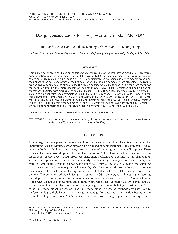摘要
This paper describes circuit design considerations for realization of low power dissipation successive approximation register (SAR) analog-to-digital converter (ADC) with a time-mode comparator. A number of design issues related to time-mode SAR ADC are discussed. Also, noise and offset models describing the impact of the noise and offset on the timing error of time-domain comparator are presented. The results are verified by comparison to simulations. The design considerations mentioned in this paper are useful for the initial design and the improvements of time-mode SAR ADC. Then, a number of practical design aspects are illustrated with discussion of an experimental 12-bit SAR ADC that incorporates a highly dynamic voltage-to-time converter and a symmetrical input time-to-digital converter. Prototyped in a 0.18-mu m six-metal one-polysilicon Complementary Metal-Oxide-Semiconductor (CMOS) process, the ADC, at 12 bit, 500 kS/s, achieves a Nyquist signal-to-noise-and-distortion ratio of 53.24 dB (8.55 effective number of bits) and a spurious-free dynamic range of 70.73 dB, while dissipating 27.17 mu W from a 1.3-V supply, giving a figure of merit of 145 fJ/conversion-step.
- 出版日期2014-7
- 单位清华大学
